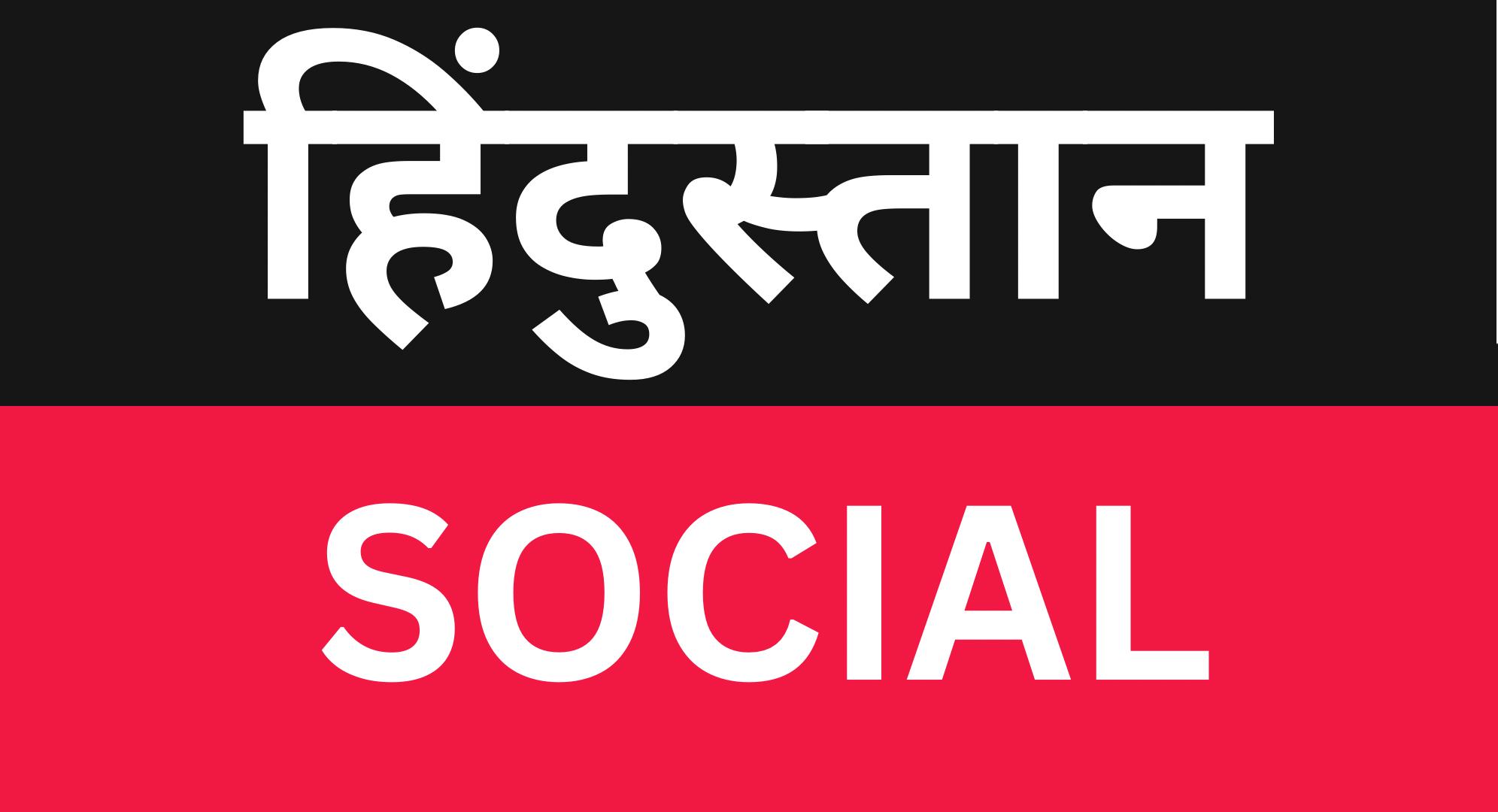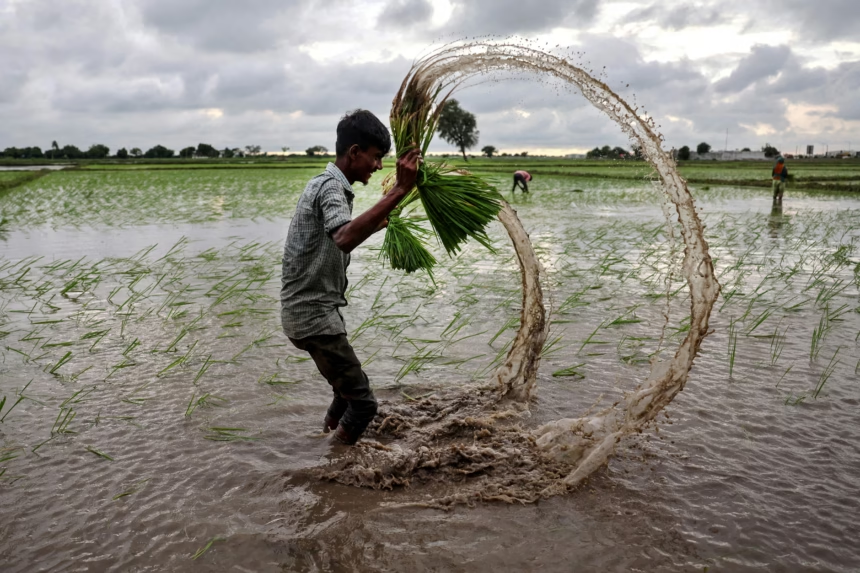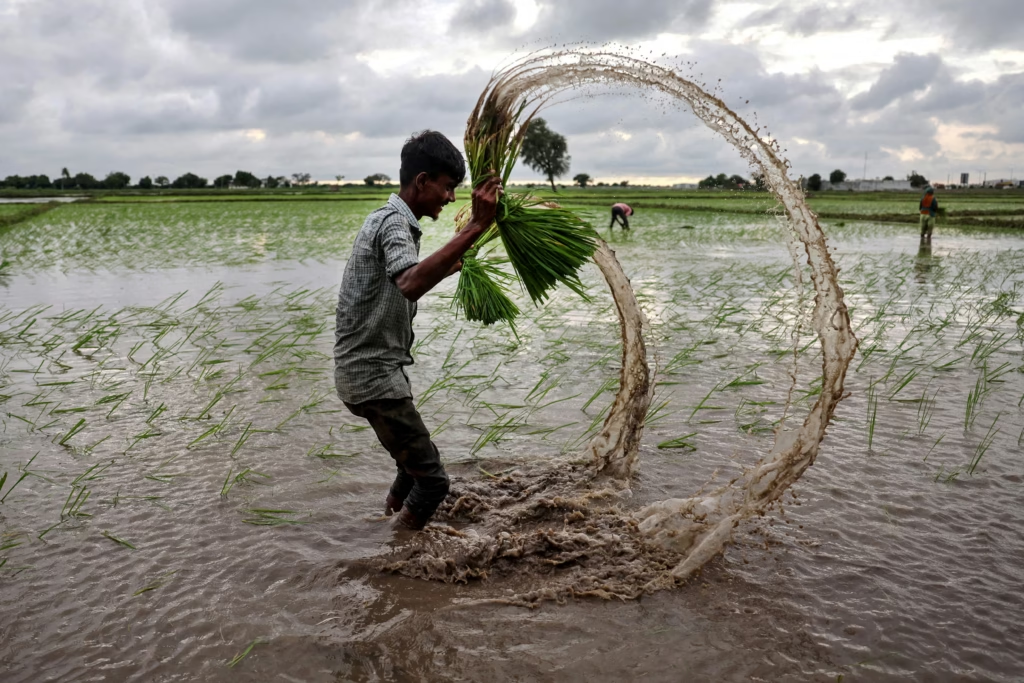
📰 India Turns Surplus Rice into Ethanol: A Game-Changer for Farmers & Fuel
Meta Description:
India rice surplus for ethanol 2025 : A Game-Changer for Farmers & Fuel :India is converting 5.2 M MT of surplus rice into ethanol to ease stockpiles and meet its 20% blending target—here’s what it means for farmers, fuel, food, and the environment.
India rice surplus for ethanol 2025 :Introduction
India, the world’s largest rice producer and exporter, is redirecting a record 5.2 million metric tons of surplus rice into ethanol production. This strategic pivot—driven by a bumper harvest of 146.1 M MT and FCI’s 59.5 M MT stock—aims to alleviate storage challenges and advance India’s ethanol blending goal of nearly 20% in petrol (reuters.com).
📊 India rice surplus for ethanol 2025 : Why This Shift Matters
🟢 1. From Food Surplus to Fuel
- India rice surplus for ethanol 2025 A bumper monsoon-driven crop (146.1 M MT vs. domestic demand of 120.7 M MT) led to unprecedented stockpiles (reuters.com).
- FCI reserves soared to 59.5 M MT—well above the 13.5 M MT buffer norm (reuters.com).
⛽ 2. Accelerating Ethanol Blending
- Rice allocation supports India’s ethanol blending reaching 19.8%, close to the 20% milestone (reuters.com).
- Helps offset lower sugarcane availability post-2023 drought (reuters.com).
🌾 3. Stabilizing Other Grain Markets
- Easing demand for corn, avoiding import dependencies and price spikes (brecorder.com).
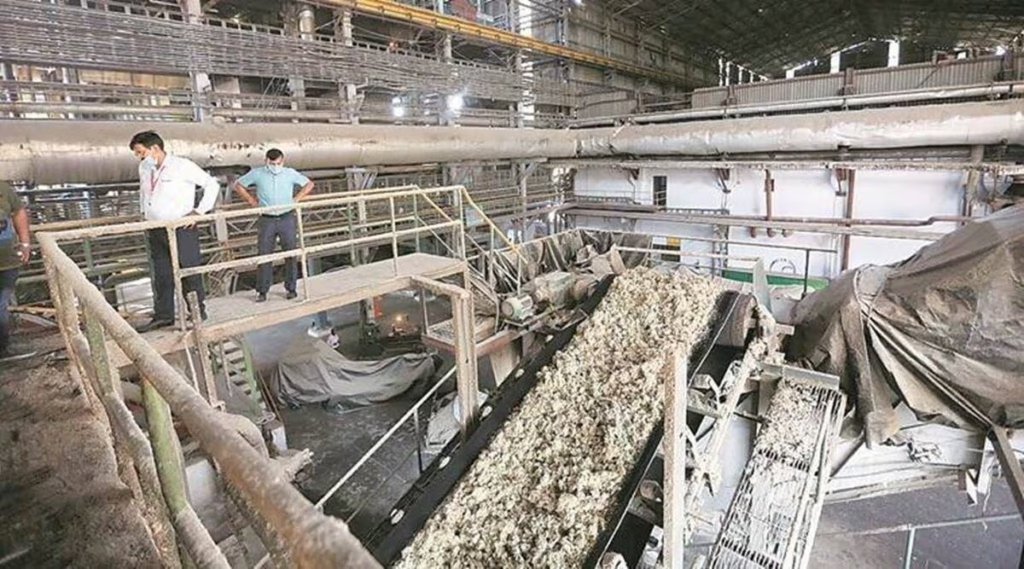
🧭 Who Gains & Who Faces Challenges
- Farmers: Easier offloading of surplus, improved income when distilleries buy at MSP.
- Consumers: More stable fuel prices via ethanol-grade blending.
- Economy: Reduced petroleum imports and favorable balance of payments.
- Concerns: Rice diversion could impact food security if stock levels fall short (thehindubusinessline.com, counterview.in, southasiamonitor.org).
⚠️ India rice surplus for ethanol 2025 : Key Risks & Policy Considerations
- Pricing incentives:India rice surplus for ethanol 2025 Ethanol costs (₹58.5/L) vs. rice price (₹22,500/T) need alignment to encourage production (brecorder.com).
- Food security: Ethical questions around using staple grain for fuel (southasiamonitor.org).
- Export dynamics: India already captures 40%+ of global rice trade; diverting too much reduces overseas supply .
✔️ Expert Take & Real-World Reaction
- Industry voices urge price adjustments to push rice-to-ethanol conversion further .
- Policy analysts call for a balanced approach—export surplus, support farmers, but safeguard food access .
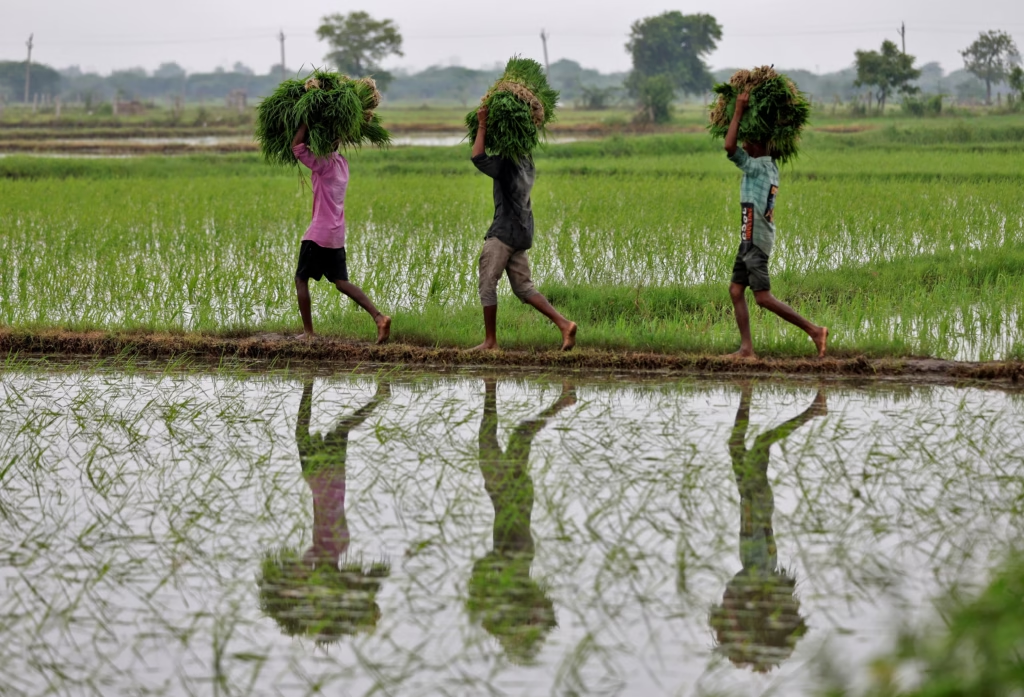
-
Why is India turning rice into ethanol?

A bumper 146.1 M MT harvest against a 120.7 M MT demand led to massive stockpiles. Converting surplus to ethanol helps ease storage pressure and meet fuel blending targets
-
How much rice is being diverted?

FCI has allotted 5.2 M MT of surplus rice for ethanol production—around 9% of global rice exports in the 2024/25 year
-
What’s driving this policy shift?

Sugarcane supplies dipped post-2023 drought. Government seeks alternative raw material to maintain ethanol blending and fuel security
🏛️ Recent Policy Developments & Context
- India rice surplus for ethanol 2025 :In February 2025, Indian industry bodies called for lifting the ban on exporting 100% broken rice—stockpiled at a record 67.6 M MT, nearly nine times the buffer norm. This move would relieve surplus and benefit food-deficit countries (especially in Africa) and ethanol producers nextias.com+3reuters.com+3startexportindia.com+3.
- The Food Ministry also allocated a further 2.8 M MT of FCI rice at subsidized rates (₹2,250/quintal) for ethanol, supplementing the previous 2.4 M MT — totaling 5.2 M MT in 2024–25 startexportindia.com+3financialexpress.com+3outlookbusiness.com+3.
🌍 Broader Impacts: Food, Farmers, & Fuel
✅ Economic & Farmer Implications
- Revenue perspective: FCI sells rice at about ₹2,250/quintal (~₹22.50/kg), while distilleries pay ₹58.50/Ltr for ethanol — this margin often hampers large-scale production unless price support adjusts .
- For farmers, these policies help offload inventory at MSP, supporting incomes and reducing wastage—but smallholders may miss out on distillery contracts financialexpress.com+1thehindubusinessline.com+1.
⚠️ Food Security & Ethical Concerns
- Critics argue that diverting staple grains risks food vs. fuel conflicts, especially in a country with high reliance on the Public Distribution System supplying rice to ~two-thirds of the population en.wikipedia.org+5newsclick.in+5outlookbusiness.com+5.
- Research indicates that using food crops like rice and maize for ethanol may compromise nutrition and displace feedstocks such as soybean meal, causing cascading market effects downtoearth.org.in+1southasiamonitor.org+1.
🌱 Environmental & Resource Trade-offs
- Rice is a water-intensive crop; expanding its use for fuel raises environmental concerns—particularly in water-stressed regions startexportindia.com+8indianexpress.com+8nextias.com+8.
- Lifecycle analyses and experts suggest exploring second-generation (2G) ethanol (e.g., algae, crop residues), which avoids these pitfalls indianexpress.com+2southasiamonitor.org+2nextias.com+2.
🔍 Global Market Exposure & Export Strategy
- India rice surplus for ethanol 2025 India is already exporting record volumes (~22.5 M MT in 2025), which leaves less rice for ethanol or domestic use—even as global demand for sugar- and biomass-based ethanol grows reuters.com.
- A key strategic choice emerges: bolster rice-to-ethanol domestically or divert more surplus to broken-rice exports, which could improve global food access and farmer income
